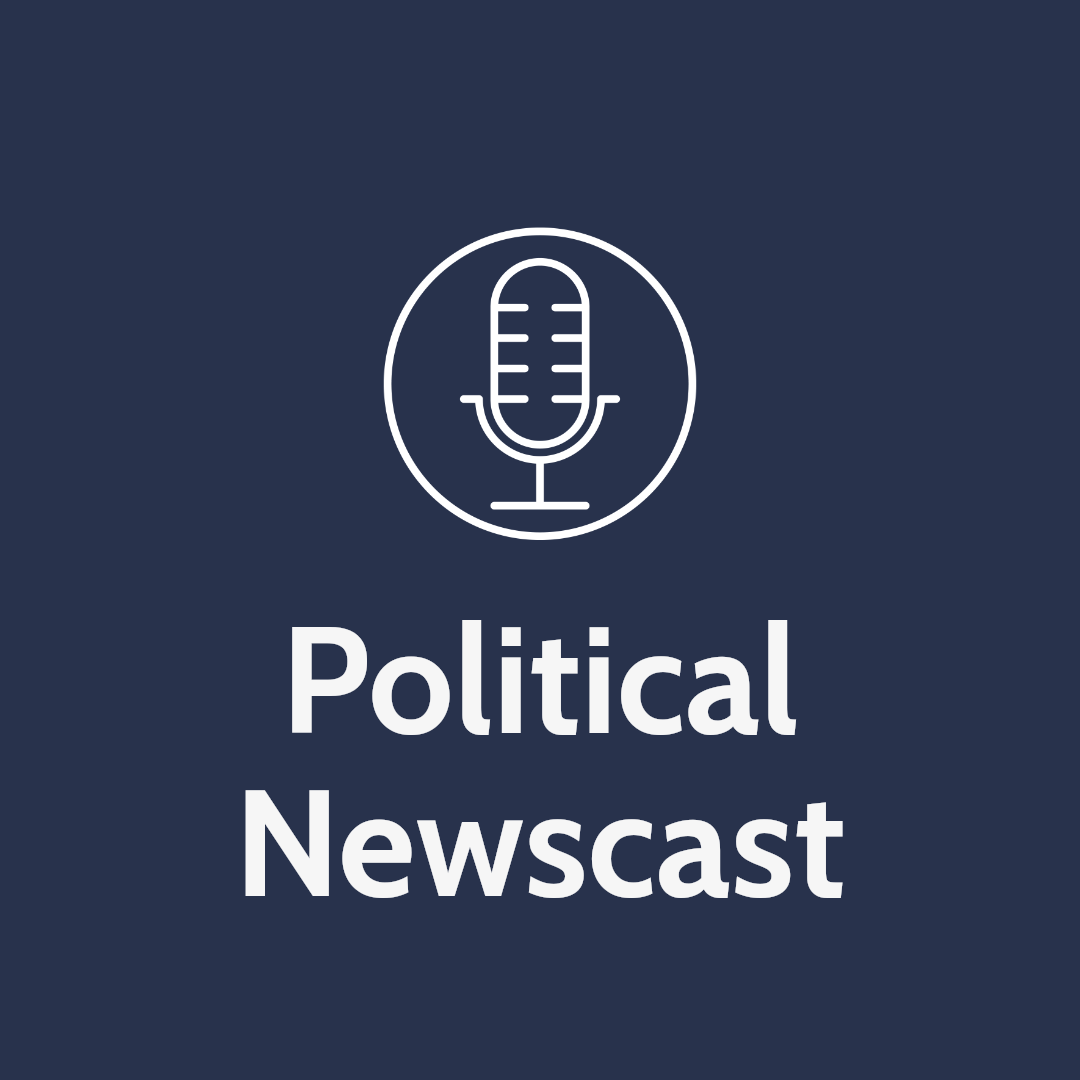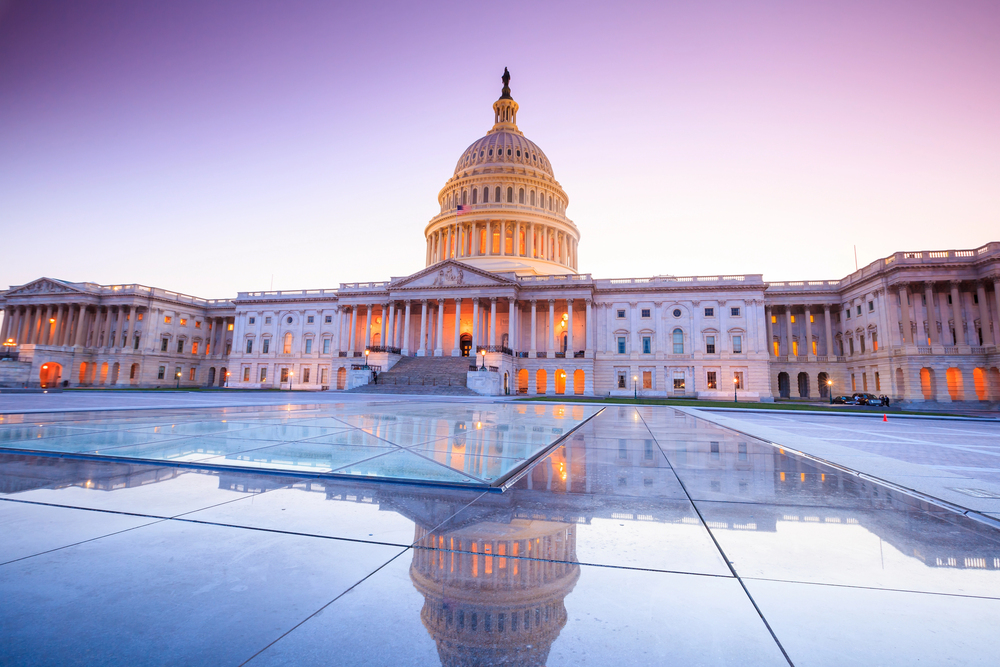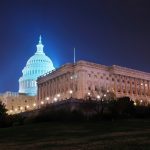When most Americans picture Congress, they think of televised debates, floor votes, or lawmakers giving soundbites to the media. But the daily work of the U.S. Congress is far more involved than what appears on camera. Behind every vote lies a lengthy process of research, negotiation, committee work, and constituent engagement. Understanding what members of Congress actually do each day provides a clearer view of how federal legislation is crafted, how oversight is conducted, and how policy gets shaped long before it reaches a vote.
This article takes you behind the scenes, breaking down the day-to-day responsibilities of Congress and its members, from committee hearings and casework to policy negotiations and legislative drafting.
The Daily Schedule: A Balancing Act
Members of Congress divide their time between Washington, D.C., and their home districts. Their schedule is a careful balance of legislative duties, constituent services, political obligations, and public appearances. During legislative sessions, their days are tightly packed, starting early and ending late.
In Washington, a typical day might include:
- Morning: Committee hearings or caucus meetings Members often start their day by attending committee meetings focused on specific areas of policy. These hearings may include expert testimony, agency briefings, or internal discussions about pending legislation. Caucus meetings follow, where lawmakers gather with colleagues who share common policy goals, ideological views, or regional concerns. These gatherings shape party strategy and set priorities for the legislative day.
- Midday: Floor speeches, voting sessions, or press briefings Once hearings wrap up, members often take to the House or Senate floor to deliver prepared remarks on legislation, current events, or constituent concerns. This time also includes floor votes on pending legislation, amendments, or resolutions. In between, lawmakers might hold press conferences or give interviews to communicate their positions to the public.
- Afternoon: Meetings with advocacy groups, constituents, or other lawmakers Much of the afternoon is spent in one-on-one or small group meetings. These sessions might involve industry groups, local government representatives, or concerned citizens seeking support or policy clarification. Lawmakers also meet with colleagues to negotiate support for bills or amendments, craft coalition strategies, or discuss upcoming votes.
- Evening: Fundraising events, constituent receptions, or policy briefings The day often ends with political fundraisers or receptions hosted by interest groups or constituents. Lawmakers may also attend private briefings with policy experts or military officials, especially when working on high-stakes issues like national security or foreign policy.
When back in their districts, the focus shifts to direct engagement with constituents. Members tour local businesses, attend town halls, participate in community events, and provide hands-on help for federal issues like veterans’ benefits or immigration paperwork.
Committees: Where Most Legislative Work Begins
Congress relies heavily on committees to manage its vast workload. Committees allow lawmakers to specialize in specific policy areas and make informed decisions on complex legislation. They also serve as the first checkpoint for most bills.
Types of Committees
- Standing Committees: These are permanent panels that address ongoing areas of national concern. For example, the House Ways and Means Committee handles tax policy, while the Senate Armed Services Committee oversees military affairs. Each committee has jurisdiction over legislation related to its focus area and conducts detailed review and debate.
- Select Committees: These are temporary committees formed to investigate specific issues or respond to emerging concerns. Examples include the Select Committee on the January 6th Attack or the Select Committee on the Coronavirus Crisis. They do not usually draft legislation but play a critical role in accountability and transparency.
- Joint Committees: These include members from both the House and Senate. They address shared responsibilities, such as taxation or the Library of Congress, and work to streamline cooperation between chambers.
Hearings and Markups
Committees conduct hearings to gather facts and perspectives from witnesses, experts, and stakeholders. Hearings help members better understand the implications of proposed legislation, evaluate the performance of federal agencies, and explore national concerns.
Once a bill has been reviewed, committees hold markup sessions. During markup, members propose amendments, revise the bill’s language, and debate its provisions. If a bill passes out of committee, it proceeds to the full House or Senate for broader consideration.
Floor Time: Debates and Votes
The House and Senate floors are where bills are formally debated and voted on. While committee work shapes the content of legislation, floor proceedings determine its fate.
In the House, the Rules Committee controls how bills reach the floor and how long they can be debated. This committee can limit amendments and structure debate to expedite the process. In contrast, the Senate operates under more flexible rules. Debate can be extended indefinitely unless 60 senators agree to end it, a process known as cloture.
Lawmakers use floor time to argue for or against bills, propose changes, and respond to colleagues’ concerns. These speeches are often aimed at both fellow legislators and the public, as they are entered into the Congressional Record and frequently shared via media.
Voting methods include voice votes, division votes, and roll call votes. The most transparent is the roll call, which records each member’s position and is published publicly.
Oversight: Holding the Executive Accountable
Congress is tasked with overseeing the executive branch to ensure it faithfully executes the laws. Oversight is a core responsibility that keeps the government transparent and accountable.
Oversight activities include:
- Reviewing how agencies implement legislation
- Investigating allegations of misconduct or mismanagement
- Issuing subpoenas for documents or witness testimony
- Holding public hearings on controversial policies or federal programs
Major oversight initiatives have examined issues like the response to Hurricane Katrina, foreign surveillance programs, and federal spending during the COVID-19 pandemic. Oversight is conducted through standing committees and select committees, often producing high-profile political moments.
Constituent Services: Serving the District
Lawmakers have a duty to support their constituents in navigating the federal government. Constituent services, also known as casework, often go unnoticed but are a central part of every congressional office’s responsibilities.
Staff members handle requests such as:
- Securing veterans’ benefits or military records
- Intervening in visa or immigration applications
- Assisting with IRS disputes or Social Security issues
- Helping families obtain passports or federal aid
Constituent services build trust and connection between lawmakers and voters. Offices often hold mobile office hours or attend local events to hear concerns firsthand. Some members publish regular newsletters, host town halls, and maintain active social media accounts to keep residents informed.
Drafting and Negotiating Legislation
Drafting legislation is a detailed, multi-step process. Members rely on staff, legal experts, advocacy groups, and colleagues to shape viable bills.
- Policy staff conduct initial research, examine existing laws, and work with interest groups to craft proposals.
- Legislative counsel ensure the bill conforms to legal standards and won’t conflict with existing statutes.
- Co-sponsors are recruited to show broad support and improve the bill’s chances of advancing through committee.
Legislators also negotiate behind the scenes. They may alter bill language to gain bipartisan backing, meet with stakeholders to resolve objections, or coordinate with party leaders to time the bill’s release. This invisible work can take months or even years before a bill is ready for the floor.
Caucuses and Working Groups
Caucuses play an influential role in shaping legislation and building coalitions. These informal groups allow members to collaborate on shared goals and advance specific issues.
Some major caucuses include:
- Congressional Black Caucus: Focuses on civil rights, education, and economic justice
- Freedom Caucus: A conservative bloc advocating limited government
- Problem Solvers Caucus: A bipartisan group pushing for compromise and functional governance
- Congressional Hispanic Caucus: Advocates for policies affecting Latino communities
Issue-based caucuses can be centered around topics like technology, agriculture, national security, or environmental protection. Caucus activities include drafting policy proposals, coordinating messaging, and pressuring leadership to prioritize certain bills.
Fundraising and Political Strategy
Members of Congress must constantly prepare for reelection, which requires significant fundraising. This effort consumes time and shapes priorities.
Ways lawmakers raise campaign funds include:
- Attending fundraising dinners and receptions
- Hosting donor roundtables in their districts
- Working with party committees for coordinated campaigns
- Appealing to political action committees (PACs) aligned with their views
While controversial, fundraising is a reality of the political system. It affects access to leadership roles, committee assignments, and legislative influence. Lawmakers who raise more funds for their party often receive more support when pushing their policy goals.
Staff and Support Teams
Behind every member of Congress is a team of professionals who manage the details of legislative and constituent work.
A typical office includes:
- Chief of Staff: Oversees strategy, scheduling, and coordination across all operations
- Legislative Director: Develops policy agenda, tracks legislation, and works with committees
- Press Secretary or Communications Director: Manages media relations, drafts statements, and handles digital outreach
- District Director: Leads constituent services and manages the local office
Staffers handle research, speechwriting, constituent mail, and meeting preparation. Larger committees have nonpartisan experts and professional staff who conduct investigations and maintain institutional knowledge.
A Constant Balancing Act
Congressional work is demanding and multidimensional. Lawmakers must balance governing, campaigning, fundraising, and representing their districts in a highly competitive environment. Their effectiveness depends on building relationships, negotiating compromise, understanding legislative procedure, and maintaining trust with the people they serve.
Understanding what Congress does each day sheds light on why the federal government operates the way it does. Behind each decision, vote, and policy lies an intricate process powered by people working long hours in service of democratic representation.





